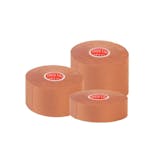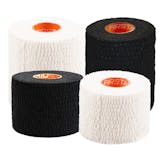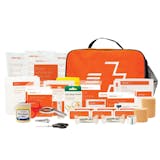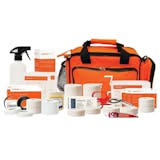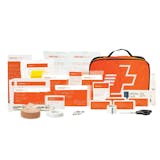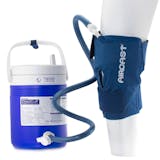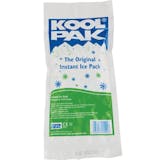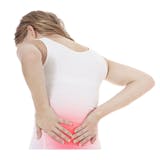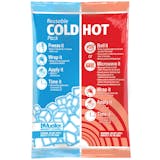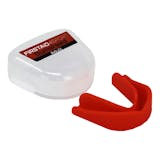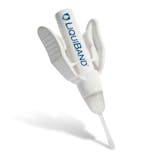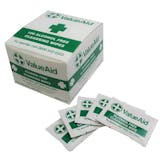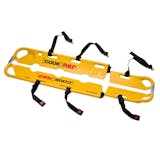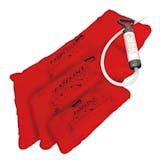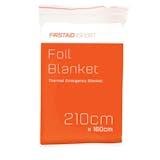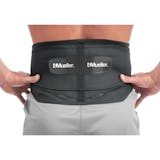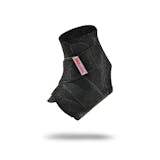A guide to a frozen shoulder
A frozen shoulder occurs when the connective tissue is the shoulder joint and surrounding area become damaged or inflamed resulting in a loss of movement in the area. This injury is extremely common amongst athletes who do not allow an adequate resting period between activity leading to excessive strain on the soft tissue over time.
However, a frozen shoulder is extremely common when athletes undergo a significant resting period and do not perform any stretching which helps keep the area strong and flexible. Due to the nature of the injury the symptoms of a frozen shoulder will gradually appear over time. Patients will usually feel pain and tenderness in the shoulder and often the arm, back and neck which will become more apparent when activity is resumed, and strain is placed on the shoulder. The symptoms of a frozen shoulder tend to appear in three phases:
- Freezing stage – When frozen shoulder is first sustained, it is at its most painful and motion is beginning to feel restricted. This usually lasts 6-12 weeks.
- Frozen stage – At this stage the pain begins to ease however movement becomes even more limited and patients can be left with this sensation for up to 6 months.
- Thawing stage – in the final stage, the mobility of the shoulder begins to reappear, and pain gradually disappears. This stage can often last more than a year.
A doctor or physiotherapist will be able to examine the area and asses and diagnose the issue as a frozen shoulder. A doctor may carry out an MRI or ultrasound to confirm the diagnosis and rule out any further complications. In order to treat a frozen shoulder injury, rest is crucial as it stops any further damage to the soft tissue. Alongside rest, following the RICE method within the first 72 hours on the injury appearing is always beneficial to the healing process. A strengthening program may also be advised by a physiotherapist to help keep the area strong and ensure flexibility once the injury has healed. A program should not be created without professional advice. In the final stages of recovery and in the first few months of returning to training, stretching exercises to the quadriceps, hamstring and calf muscles may be performed to keep the area stable and strong and can also help prevent the injury reoccurring.
SUMMARY
Causes:
- Damage to the shoulder joint and surrounding tissues
- Insufficient rest time between activity
- Excessive immobility after an injury
- Overuse injury
Symptoms:
- Restricted movement of the shoulder
- Dull, aching pain in shoulder
- Difficulty with activities such as getting dressed, brushing teeth etc.
Treatment:
- RICE method after exercise
- Anti-inflammatory Medication
- A patella tracking strap or brace
- Good fitting running shoes
- Controlled strengthening and stretching activities


